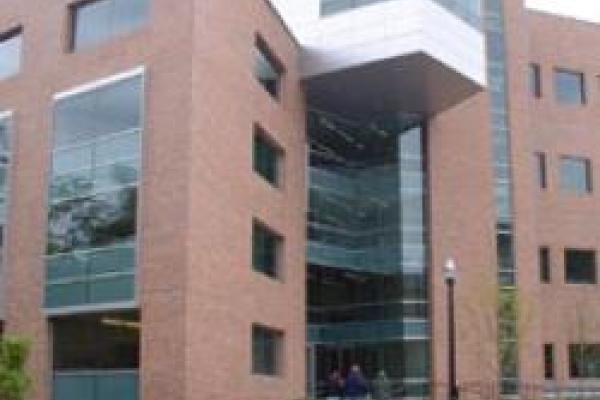
Millijoule-level ultrashort pulses in the 1.5-2.5 micron spectral region are ideal for extending the cutoff in high-order harmonic generation. I will present several strands of recent work towards using such pulses to measure attosecond dynamics. Systematic studies of high-order harmonic spectra in benzene and its halogen and methyl substituted derivatives shed light on the roles played by strong-field ionization and the beating of multiple cation states. Spectral shearing interferometry of few-cycle 1.8 micron pulses after spectral broadening and compression in an argon-filled capillary reveals a clean spatio-temporal profile and an ultrabroadband 0.64-2.6 micron supercontinuum. I will also outline our plans for boosting the energy of the few-cycle source as part of the MURI collaboration with the ultrafast group at OSU.
